Introduction:
A crack in a mirror can be an unsightly blemish that disrupts the mirror’s functionality and overall appearance. While repairing or replacing the mirror is the ideal solution, there may be instances where temporarily hiding the crack is necessary. By employing various techniques and clever design strategies, you can effectively conceal a crack in a mirror, restoring its visual appeal and mitigating the impact of the damage. In this article, we will explore different methods to hide a crack in a mirror, including using camouflage techniques, decorative solutions, and strategic placement. These techniques will help you disguise the crack and maintain the mirror’s functionality while you plan for its repair or replacement.
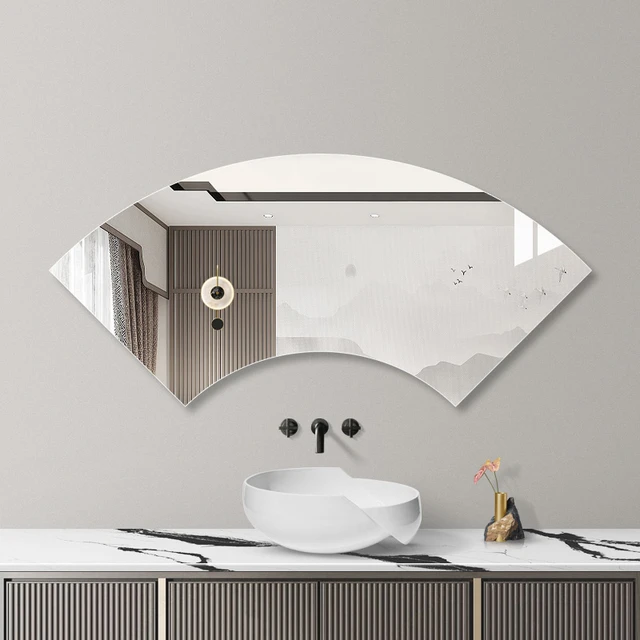
How do you hide a crack in a mirror?
Camouflage Techniques:
Camouflaging a crack involves using specific colors, textures, or materials to divert attention away from the damaged area. Here are some effective camouflage techniques:
a. Colored Wax or Nail Polish: Apply a thin layer of colored wax or nail polish that matches the mirror’s frame or the surrounding color scheme to fill in the crack. This helps blend the crack with the mirror’s surface and makes it less noticeable.
b. Decorative Tape: Use decorative washi tape or masking tape with patterns or colors that complement the mirror or the room’s decor. Apply the tape along the length of the crack, creating a visually appealing pattern that distracts attention from the damage.
c. Glass Paint or Markers: Utilize glass paint or markers to create an artistic design or drawing over the crack. This technique not only conceals the crack but also adds a unique and personalized touch to the mirror’s appearance.
Decorative Solutions:
Implementing decorative elements can help hide a crack in a mirror while adding an aesthetic appeal to the overall space. Consider the following decorative solutions:
a. Decals or Stickers: Apply decorative decals or stickers strategically over the crack to create an eye-catching design. Choose designs that complement the mirror’s style or the room’s decor, such as floral patterns, geometric shapes, or abstract art.
b. Mosaic Tile Placement: If the crack is in a smaller area, consider using mosaic tiles to create a visually appealing design around the damaged section. Arrange the tiles in a pattern or mosaic style that complements the mirror’s frame or the room’s decor.
c. Vinyl Overlay: Apply a vinyl overlay to the mirror’s surface, covering the crack. Vinyl overlays are available in various designs and finishes, providing an additional layer of decoration while effectively hiding the crack.
d. Mirrored Adhesive Film: Utilize mirrored adhesive film to cover the entire mirror or the section with the crack. This film mimics the reflective properties of a mirror while hiding the damage, giving the illusion of an intact surface.
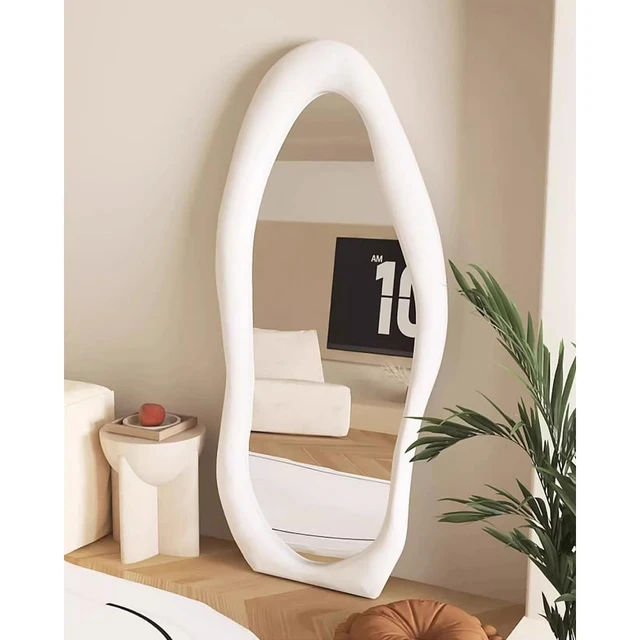
Strategic Placement and Frame Adjustments:
Strategic placement and frame adjustments can effectively divert attention from the crack and draw focus to other elements in the room. Consider the following techniques:
a. Repositioning: Adjust the mirror’s position or angle to minimize the visibility of the crack. By changing its position, you can redirect attention to other elements in the room while reducing the prominence of the damaged area.
b. Frame Enhancement: Enhance the mirror’s frame to draw attention away from the crack. Add decorative elements, such as molding, trim, or embellishments, to divert the eye from the damaged section and create a visually striking frame.
c. Disguising with Accessories: Place decorative accessories, such as vases, sculptures, or plants, strategically in front of the mirror to partially conceal the crack. These accessories not only camouflage the damage but also add visual interest to the space.
d. Layering with Fabrics: Hang lightweight curtains or drapes in front of the mirror, partially covering the damaged area. This technique adds depth and texture to the space while simultaneously hiding the crack.
Repair and Maintenance Considerations:
While hiding a crack in a mirror is a temporary solution, it is important to consider repair and maintenance considerations for the long term. Keep the following factors in mind:
a. Safety Precautions: When handling and working with a cracked mirror, wear protective gloves and eyewear to prevent injury from glass fragments. Handle the mirror with care to avoid further damage.
b. Proper Cleaning: Clean the mirror’s surface regularly to prevent dirt or dust buildup that may draw attention to the crack. Use mild, non-abrasive cleaners and soft, lint-free cloths to avoid scratching the mirror.
c. Monitor for Changes: Regularly inspect the crack to monitor its progression. If you notice the crack expanding or other issues arising, it may be necessary to seek professional repair or consider replacing the mirror.
d. Plan for Repair or Replacement: Although hiding the crack is a temporary solution, it is essential to plan for repair or replacement. Consult with professionals or research suitable options to address the crack properly and restore the mirror’s functionality and appearance.

Blend with the Surroundings:
To further hide a crack in a mirror, consider techniques that allow the damaged area to blend seamlessly with its surroundings. Here are some effective methods:
a. Reflective Décor: Incorporate reflective décor items near the cracked mirror to create a cohesive look. Place decorative objects, such as candle holders, picture frames, or metallic accents, strategically around the mirror to divert attention from the crack.
b. Lighting Placement: Proper lighting can help minimize the visibility of the crack. Install lighting fixtures, such as sconces or spotlights, near the mirror to create a well-lit environment that distracts from the damaged area.
c. Mirror Placement: If possible, place other mirrors or reflective surfaces strategically in the room to draw attention away from the cracked mirror. The reflection created by these additional mirrors can help mask the damaged area and create a visually pleasing effect.
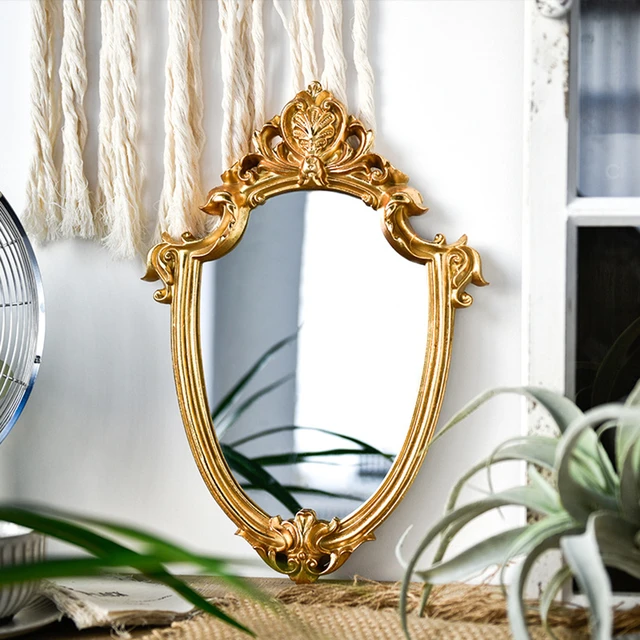
Creative Cover-ups:
For larger cracks or areas of damage, consider creative cover-up options that go beyond simple concealment. These techniques can turn the damaged mirror into a unique and artistic element in your space:
a. Artistic Overlays: Cover the damaged area with an artistic overlay, such as a decorative panel, stained glass, or a custom-designed piece. This technique not only hides the crack but also transforms the mirror into a focal point or artwork in its own right.
b. Collage or Gallery Wall: Transform the cracked mirror into a part of a larger collage or gallery wall. Surround it with other artwork or photographs to create a visually engaging display, effectively diverting attention from the damaged area.
c. Repurposing: Instead of hiding the crack, consider repurposing the mirror for a different use. For example, remove the mirror from its frame and transform it into a unique wall hanging or incorporate it into a DIY furniture project.
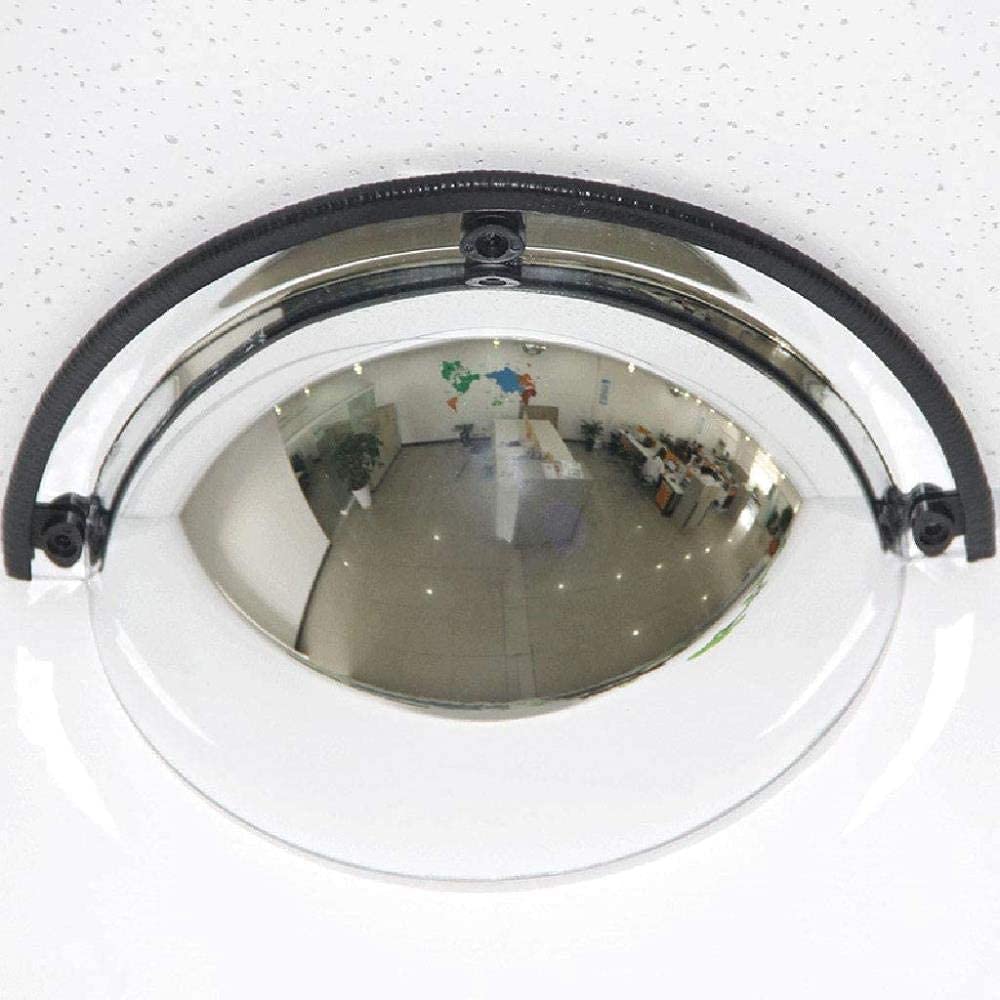
Conclusion:
While repairing or replacing a cracked mirror is the ideal solution, there may be situations where temporarily hiding the crack is necessary. By employing various techniques such as camouflage, decorative solutions, and strategic placement, you can effectively hide the crack and restore the mirror’s visual appeal. Consider using colored wax or decorative tape, applying decals or stickers, or utilizing vinyl overlays to conceal the damage. Additionally, repositioning the mirror, enhancing the frame, or layering with fabrics can effectively divert attention from the crack. However, it is important to remember that hiding the crack is a temporary solution. Proper repair or replacement plans should be made to address the crack adequately and restore the mirror’s functionality and appearance in the long term.
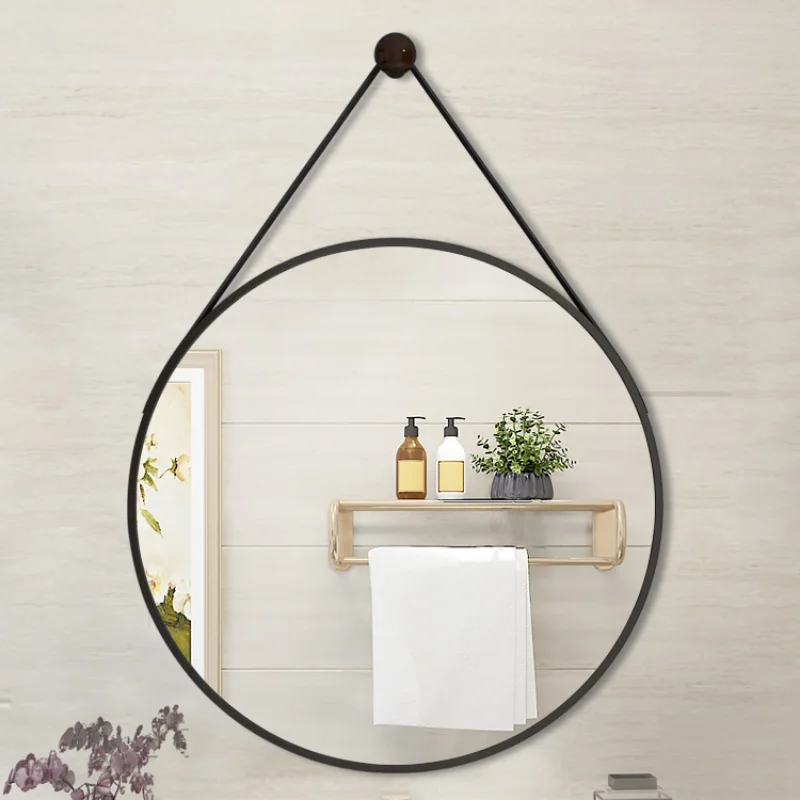
Leave a Reply